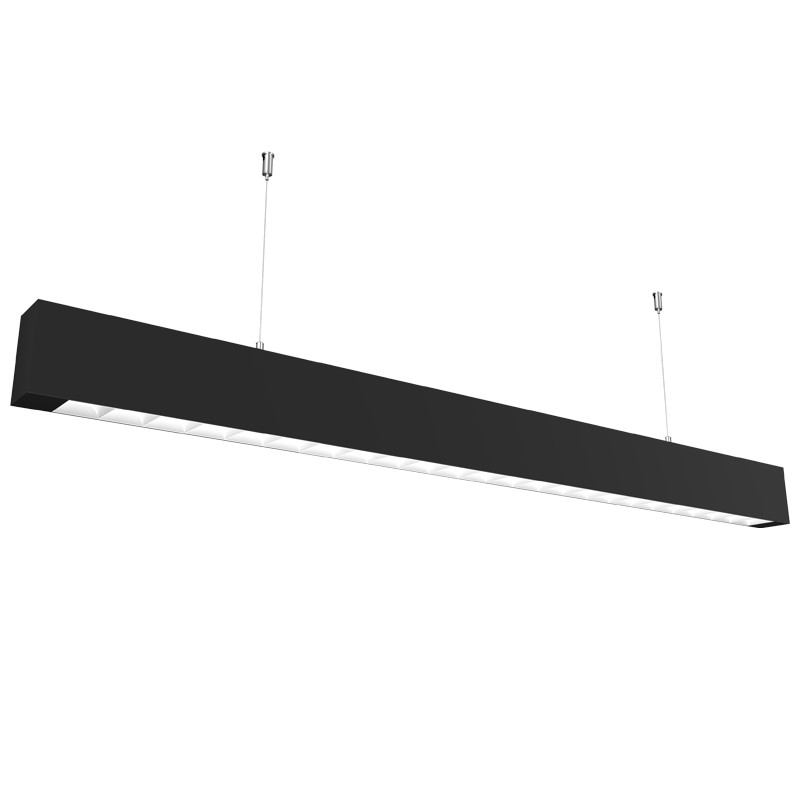
In comparison, businesses use negligible amounts of indirect materials, and these materials support the operational requirements of the business as a whole. The quantity of direct materials needed to complete a unit of product is determined by the “bill of materials”. It is a well organized document which is prepared by combined effort of engineering and production department. The document contains information regarding all the items, materials and components along with their right quantities needed to manufacture a complete and shippable product. Once prepared, the bill of materials authorizes the production manager to request materials from storage department. Indirect materials differ from direct materials because they can’t be traced back to the products they produce, even though they’re part of the overall manufacturing process.
- Proper management of indirect materials such as spare parts, consumables, and components ensures that these materials are available when needed, while minimizing the cost of storing them.
- 11 Financial is a registered investment adviser located in Lufkin, Texas.
- Using low-quality or substandard indirect materials can also increase costs.
Indirect Materials vs Direct Materials
Similarly, if the equipment is improperly maintained, it can lead to regulatory violations and penalties. For example, in manufacturing a car, steel and other metals are raw materials directly used in production. However, gloves, safety glasses, and other protective gear workers wear are indirect materials necessary for production but have yet to be directly incorporated into the final product. Raw materials are the primary materials used in the manufacturing of products.
What are indirect materials? Definition and examples
In accounting, we treat indirect materials as overhead costs (or operating expenses) and treat them accordingly. In this context, indirect materials are materials that are essential to the production process but do not become part of the final car product. Therefore, an example of an indirect material in this scenario would be the lubricants used to maintain the machinery on the production line. These lubricants ensure that the machines operate smoothly, reducing friction and wear. While the lubricants are critical for the overall efficiency and longevity of the machinery, they are not physically incorporated into the automobiles being manufactured.

Get in Touch With a Financial Advisor
By the end of this blog, readers will have a comprehensive understanding of indirect materials’ role in business operations and how to manage them effectively. Indirect materials in business are a collective group of raw materials used in the manufacturing process, even though they are a small part of the final product. For example, disposable gloves, scissors, and cotton are instances of these materials in a healthcare unit.
Examples of Indirect Materials
Usually, indirect materials are used in the factories and offices of the distribution and selling departments [14]. They are included in a manufacturing expenses budget, while direct materials constitute the production budget. Even though they are used in the overall manufacturing process, indirect materials are products that are not included in the finished product. For example, disposable gloves, personal protective equipment, tape, etc. although they might be necessary to a production line, they don’t make up the actual product produced on that line. The cost of indirect materials used is added to the entity’s manufacturing overhead cost and, thus, ultimately made part of the total product cost.
Company
By implementing these best practices, businesses can reduce costs, improve productivity, and stay competitive in an increasingly complex and challenging marketplace. The manufacturing industry requires a lot of indirect materials to keep the production process running smoothly. In addition, office supplies such as paper, pens, and folders are also necessary to keep track of production schedules, shipping, and receiving.
Effective procurement processes can help companies reduce costs and improve efficiency. Companies should consider working with preferred vendors to negotiate better pricing and terms. They should also implement an electronic procurement system to streamline the ordering and delivery processes. For example, biscuits are made not only of flour but also sugar, milk, oils, and other ingredients. Various types of direct materials that are consumed in different manufacturing industries usually come from natural deposits, agricultural fields, forests and animals etc.
Companies can optimize their production processes and reduce waste by keeping an accurate inventory of direct and indirect materials. Inventory management software can help companies track inventory levels and automate reordering processes. Additionally, data analytics tools can provide insights into usage trends and help companies identify areas for improvement. Proper accounting for indirect materials is vital for accurate cost analysis, budgeting, and decision-making. By accurately tracking and allocating indirect material costs, companies can better understand their actual production costs and identify cost savings and optimization opportunities. Direct materials are simple to identify, calculate, and allocate, making their accounting simple.
Here are some strategies that companies can implement to reduce their indirect material costs without sacrificing quality. Indirect materials are subject what is black friday to various regulations, and managing them requires compliance. This can be challenging, especially if regulations are complex and frequently changing.
Additionally, if any material is returned to suppliers (i.e., returns outward), such returns should be deducted from the purchase figure. Direct materials are requested from storage department using “materials requisition form”. This form is filled and signed by the production manager and sent to the materials manager who, after performing a formal verification, approves the requisition. The each material in requested quantity is then released and moved from the storage to production area. This means the company producing these automobiles must buy the bolts in large quantities.
Leave a Reply